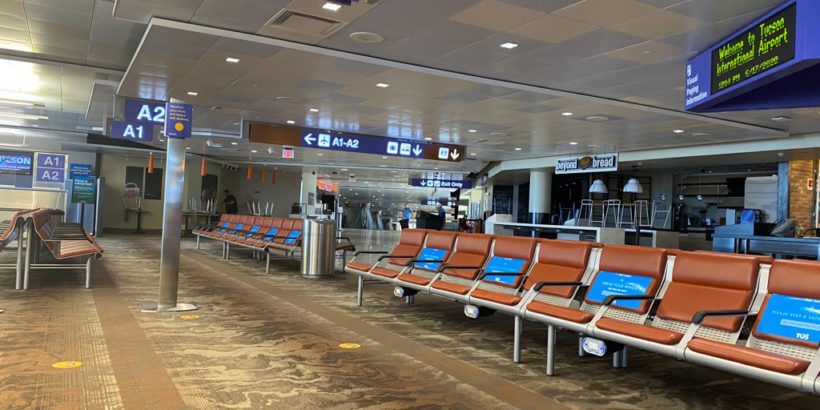Are you thinking about flying with a child but not sure as to what type of ID they will need to get through airport security? It’s not always 100% clear as to what your child under the age of 18 will need.
In this article, I will break down both the TSA and airline requirements for children under the age of 18.
You’ll see how things like proof of age are handled for both domestic and international flights and get a sense of what type of IDs are acceptable.
Table of Contents
Do children need ID to fly?
TSA does not require children under 18 to provide identification when traveling within the United States.
However, US airlines each handle ID requirements differently for travelers under 18 and TSA recommends that you contact the airline for questions regarding their specific ID requirements.
Here is how it usually works:
Typically, if the child is under 18 but flying with an adult who has an ID, the child will not need identification. However, if they are under the age of 18 and traveling alone some airlines may require some form of identification or proof of age.
In addition, when flying as an unaccompanied minor, the child may need some type of ID or proof of age in order to check in.
For international travel with children under 18, all airlines will require a passport and some airlines may request supporting documentation. For example, the parents may need to sign off that the child has permission to travel internationally.
Tip: Use the free app WalletFlo to help you travel the world for free by finding the best travel credit cards and promotions!
Domestic travel
Most airlines state that children under the age of 18 do not need an ID with them when flying with adults (people 18 and above).
But when kids under 18 are flying alone, it gets a little complicated.
First, they may have to fly as an unaccompanied minor if they fall within that age window.
The age window for unaccompanied minors differs for each airline but you can find a breakdown of the policies for each major US airline here.
If the child has to fly as an unaccompanied minor, the airline may want you to show some form of identification or proof of age such as a birth certificate when you’re checking in.
If the minor is older than the maximum age for an unaccompanied minor, they may have to bring ID.
For example, United Airlines is very clear that they require identification documents for children ages 15 to 17. Hawaiian Airlines also requires kids to have IDs unless they are with someone 18 and older who has an ID.
But some airlines require no ID for young kids, even when flying alone. For example, Southwest will allow children 12 and older to fly by themselves with no form of identification.
With that said, it’s good practice to always have some form of identification on the child at all times. Not just for check-in but also in case anything comes up during their travels.
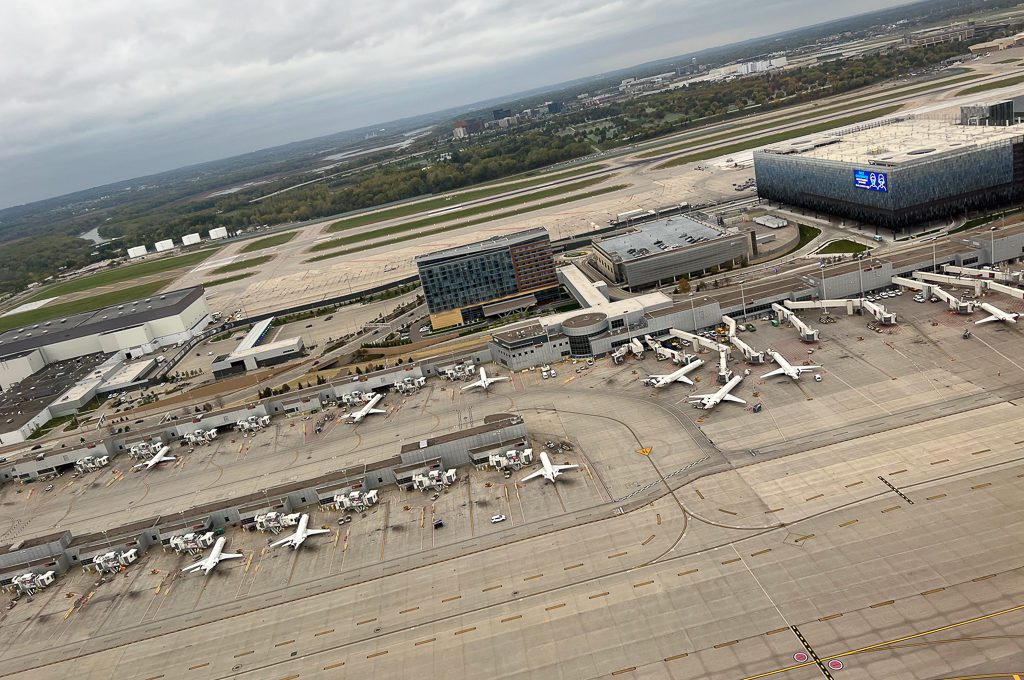
Airline policies for kids’ IDs
In the sections below, you’ll notice that many airlines use the words “may” or “recommended” when talking about proof of age or identification needed. For example, “proof of age may be needed….”
This can make things a little bit vague when you’re trying to find out a clear answer on what will be needed for your child’s identification.
This is why I think it’s a good idea to follow the recommendation by the airlines and always have children carry around an ID or proof of age documentation.
These typically will be a student ID or birth certificate but other forms may work as well such as:
- Driver’s license
- Passport
- Credit card
- Company ID
- Library card
- Social Security card
- Organization ID (such as athletic club, etc.)
- Proof of auto insurance in passenger’s name
It’s always best to just check with the airline to see if your type of ID will be helpful or necessary.
Having a child carry around an ID is always a good idea but this is especially true if the child looks much different than their age.
A child that looks much younger than their age may look like they need to qualify as an unaccompanied minor which could raise red flags.
And a child that looks much older than they are could make them look like they are 18 or above and in need of an official ID.
International travel
International travel is much different than domestic travel when it comes to kids needing IDs.
If a child is traveling internationally they will be expected to provide the same documentation that an adult would provide.
Usually, this means that the child will need a passport and possibly a visa. If the child is traveling without any adults on an international route they also may need a letter of consent.
And finally, some countries have special requirements for documents when flying with children to prevent things like human trafficking so be sure to be aware of those.
Below, we will take a look at the individual policy for major US airlines.
As mentioned above, it’s not always 100% clear as to what the policy is because it sounds like discretion can be used at times. So my advice is to always be prepared with some form of age verification.
Alaska Airlines
Alaska Airlines requires each traveler aged 18 or older to present valid government-issued ID and show it to a customer service agent and at the security checkpoint.
Children under the age of 18 don’t need photo ID when they are traveling domestically.
This took me by surprise a little bit because it means that a 16-year-old can fly on Alaska Airlines without having to show any type of ID, even if they are flying alone. However, I spoke with a representative from Alaska Airlines and they verified that this is correct.
(In fact, when I contacted multiple airlines I realized that children who are above the unaccompanied minor age limit typically do not need IDs to fly when flying alone.)
Minors (under age 18) traveling internationally without both parents may be required to present a letter of consent signed by any/all non-traveling parents.
Related: Alaska Airlines Unaccompanied Minor Policy (Junior Jetsetters)
American Airlines
American Airlines states that you “may have to present proof of age like a birth certificate for any children under the age of 18.”
They do not seem very clear-cut about things but basically it just sounds like it would be a good idea to have a proof of age document on hand in case it is needed.
American Airlines has an unaccompanied minor policy that requires children aged five through fourteen to be accompanied through the airport for an additional fee. And once again, the proof of age documentation may be needed here as well.
Children or infants traveling outside the U.S. are required to have the same documentation as an adult. If anyone under 18 is traveling internationally without both parents, they may be required to present a Letter of Consent.
Link to American Airlines’ policy
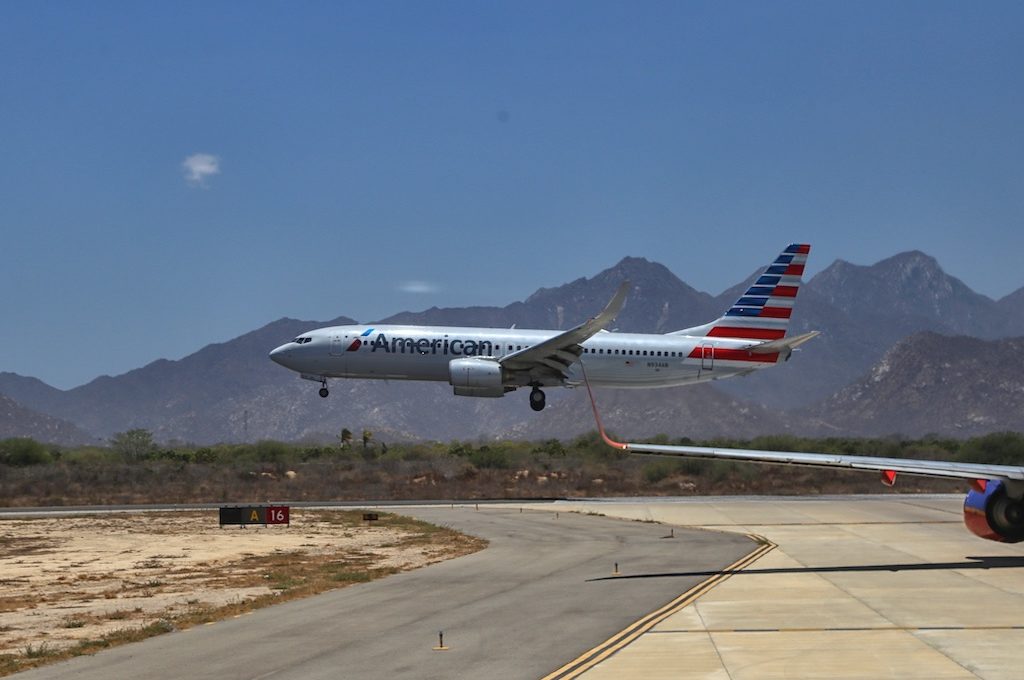
Delta Airlines
Delta Airlines states that children under 18 years of age do not need to present an ID when traveling domestically.
But they also point out that:
Children ages 15-17 are permitted to travel as a standard passenger, provided they can present a valid ID to security personnel. If parents or guardians prefer, they can also travel as an unaccompanied minor.
This would suggest that unless they are flying as an unaccompanied minor, children 15 and above will need a valid ID when flying alone. But a Delta phone rep contradicted this so IDs may not be needed.
Delta Airlines requires children aged five through fourteen to be accompanied through the airport.
Link to Delta Airlines’ policy
Hawaiian Airlines
Children and teenagers under 18 years of age do not need an ID when traveling with a companion who has a valid ID. I spoke with a Hawaiian Airlines representative who stated that the companion with a valid ID would need to be 18 years or older.
So according to that rep, if a 15-year-old is trying to fly with no ID and they are accompanied by a 17-year-old with an ID, that would NOT be sufficient. The ID holder must be 18 or older.
Kids 12 and over can fly by themselves as long as they have some form of ID such as a school ID card or birth certificate.
Children under 12 may have to travel as a unaccompanied minor if they are not accompanied by someone who is at least 15 years old and in the same class of service as the child.
As for the international policy, they state, “All travelers, including infants and children, must have a valid U.S. passport when traveling internationally. A visa may also be required for entry at your destination.”
Related: Hawaiian Airlines Unaccompanied Minor Policy Guide
Link to Hawaiian Airlines’ policy
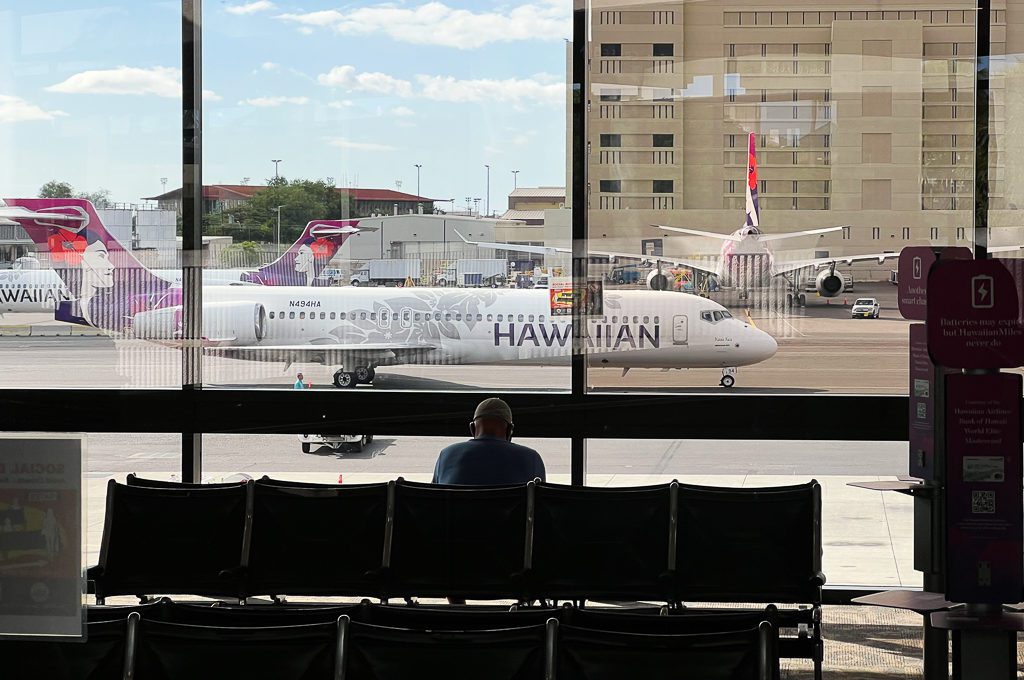
Jetblue
Customers 18 years of age and older will be required to show a U.S. federal or state-issued photo ID that contains the following information: name, date of birth, gender, expiration date and a tamper-resistant feature.
Children under the age of 18 and traveling on a domestic flight do not need to show identification or documentation unless they are under 14 days old or traveling as a lap child. This means that a 15-year-old could fly on JetBlue without needing to present any type of ID, for example.
Worth noting: JetBlue requires children ages five through thirteen traveling without an accompanying passenger aged 14 or older to travel as unaccompanied minors (UMs).
For international routes, a valid passport is required for all customers (regardless of age) who are traveling to/from the United States and any country in the Western Hemisphere. World Passports are not accepted for travel on any JetBlue flight.
Southwest Airlines
Neither Southwest Airlines nor the TSA require children under 18 to provide identification when traveling within the United States.
Basically if a kid is 12 and older they can fly alone without needing an ID. If they are younger than that, they will be flying as an unaccompanied minor, which are children ages 5 to 11 traveling without an accompanying passenger age 12 or older.
These children must be escorted to the airport by a guardian and provide proof of age documentation such as a birth certificate.
For international travel, a passport book for each minor (and all Passengers) must be verified by a Customer Service Agent or kiosk at the Southwest Airlines Ticket Counter on the day of travel before a boarding pass is issued.
Minors under the age of 18 are not permitted to fly unaccompanied on international flights or any itinerary that includes an international flight.
Link to Southwest Airlines’ policy
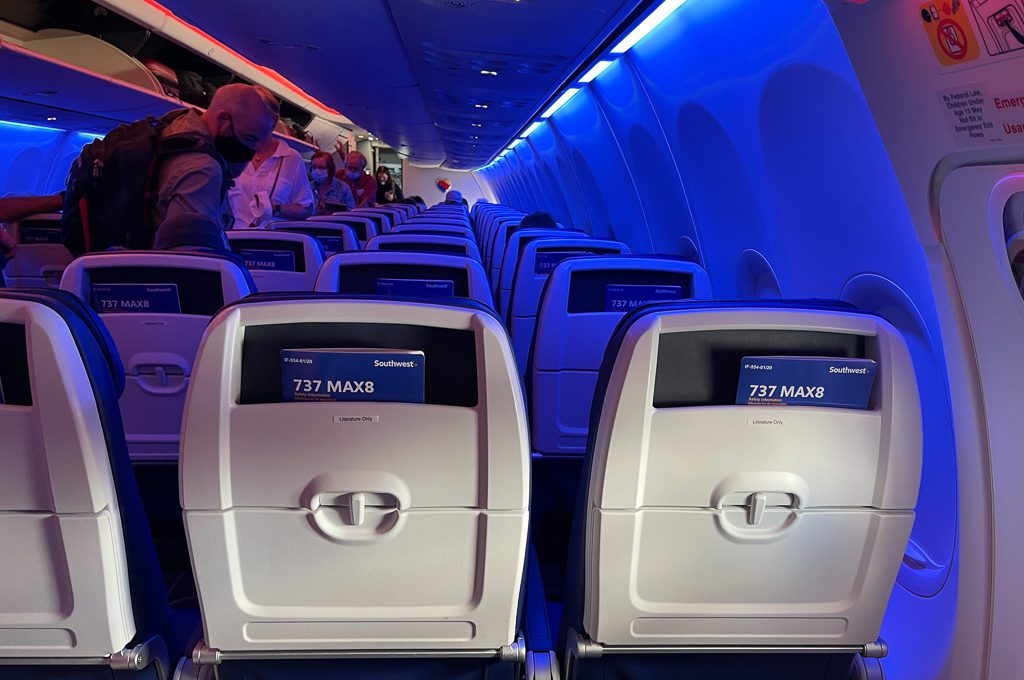
Spirit Airlines
Passengers 18 years of age or older must have valid, government-issued photo identification.
Spirit Airlines requires children ages five through fourteen traveling without an accompanying passenger aged 15 or older to travel as unaccompanied minors (UMs).
Guests 15 years old and older are not required to have Unaccompanied Minor service, but they may be asked to present a picture ID or birth certificate to verify their age.
So once again, we see the “may” be asked language when it comes to showing verification of age. This also is an example of where the solo-flyer ID requirement starts to come into the picture when a child hits about 15 years old.
Link to Spirit Airlines’ policy
United Airlines
Children under the age of 18 traveling with an adult are not required to show ID at time of check-in. However, children ages 15 to 17 traveling alone need one of the following:
- Driver’s license
- Passport
- Credit card
- School ID
- Company ID
- Library card
- Birth certificate
- Social Security card
- Organization ID (such as athletic club, etc.)
- Proof of auto insurance in passenger’s name
Children ages 5 to 14 traveling alone are not required to show ID at time of check-in, however, they are encouraged to carry some form of ID during travel.
United requires children between the ages of five to 14 years old traveling without an adult (someone at least the age of 18) to use United’s unaccompanied minor service.
Link to United Airlines’ policy
Final word
When flying with someone 18 years or older that has an ID, it seems that most of the airlines will not require a child to have an ID and neither will TSA.
Unfortunately, it’s not always 100% clear as to what type of proof of age or identification a child will need when flying alone.
Some airlines have very clear age requirements for bringing IDs or proof of age but others state that these may be needed or that they are encouraged which means that discretion could be involved.
Because of that, the best practice would be to have any child flying alone to always carry some form of proof of age or identification.
Daniel Gillaspia is the Founder of UponArriving.com and the credit card app, WalletFlo. He is a former attorney turned travel expert covering destinations along with TSA, airline, and hotel policies. Since 2014, his content has been featured in publications such as National Geographic, Smithsonian Magazine, and CNBC. Read my bio.

